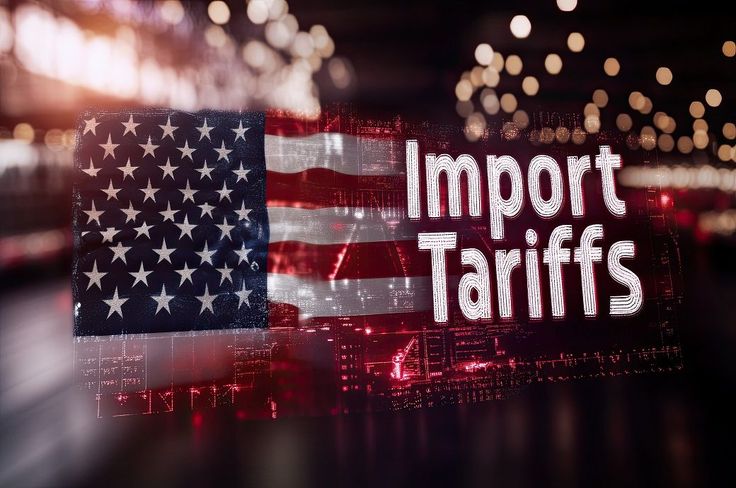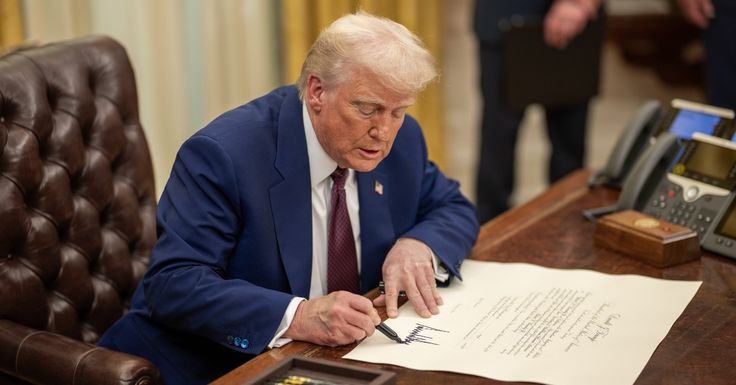In a dramatic shift in global trade policy, the United States has introduced a sweeping new regime of reciprocal tariffs, sending shockwaves through the world economy. These tariffs, which range from a 10% baseline to punitive rates as high as 50% on goods from key trading partners, are reshaping international commerce and igniting a new phase of political and economic uncertainty. The policy, framed by the White House as a necessary measure to protect American jobs and reduce trade deficits, has sparked a complex web of consequences that are only now beginning to unfold. The US tariffs global impact is being felt not just in distant supply chains but directly in the wallets of consumers and the boardrooms of corporations worldwide.
Economists and business leaders are grappling with the reality of a world where trade policy is no longer predictable. The most recent data from the Department of Commerce shows the U.S. trade deficit widened sharply in July, as businesses rushed to import goods ahead of the new levies. This “pre-tariff stockpiling” suggests that the full effect of the tariffs on consumer prices has yet to be seen, but projections from institutions like the Budget Lab at Yale University estimate they could cost American households an average of over $2,400 per year. The unprecedented uncertainty has left exporters, importers, and manufacturers scrambling to adapt, with many industries facing a chaotic new landscape of rising costs and logistical nightmares.
The Economic Fallout: From Inflation to Supply Chain Chaos
The most immediate and tangible consequence of the new tariff regime is the economic disruption it has created. Tariffs are essentially a tax on imported goods, and their cost is rarely absorbed by a single party. Instead, it is passed down the supply chain, often landing on the shoulders of the consumer. This effect is already visible, with prices on imported goods like toys, appliances, and electronics beginning to rise. The “Baby Tax,” as some have dubbed it, highlights how tariffs on essential goods are disproportionately impacting average families. For businesses, this is creating immense pressure on profit margins, forcing them to make difficult decisions about whether to absorb the costs or pass them on to customers, risking a loss in sales.
Beyond the domestic impact, the US tariffs global impact is most acutely felt in the disruption of global supply chains. For decades, companies have built intricate, highly optimized supply networks that span continents. New tariffs dismantle these networks overnight, forcing companies to reconsider their entire sourcing strategy. A study by the Center for Economic Policy Research (CEPR) notes that tariffs on intermediate goods—raw materials and components—make U.S. producers less competitive. For example, tariffs on steel can save jobs in that sector but at the expense of far greater job losses in industries that rely on steel for their products. This economic inefficiency ultimately reorients the economy away from its competitive advantages, leading to reduced overall growth and innovation.
Companies are now in a race to find alternative suppliers or even relocate production facilities to bypass the tariffs. This is a monumental and long-term undertaking that introduces significant operational delays and costs. The unpredictability of the tariffs—with rates fluctuating and new policies being announced—makes long-term planning a near impossibility for many multinational corporations.
Political Tensions and the Erosion of Alliances
The US tariffs global impact is not just economic; it is deeply political. By targeting a wide range of trading partners, including long-standing allies, the new policy has frayed diplomatic relationships and undermined the rules-based global trading system. Countries like Canada, Mexico, the European Union, and Japan have all found themselves in intense negotiations with Washington to avoid the steepest levies. While some, like the EU and Japan, have managed to secure deals with lower rates, others have faced stiff penalties.
Perhaps the most striking political fallout has been the case of India. Despite being a key partner in the Indo-Pacific, India has been hit with tariffs as high as 50%, with the U.S. citing India’s continued purchase of Russian oil. This move has strained the U.S.-India relationship and prompted India to re-engage with other powers, including China, to find new markets for its exports. For some analysts, this shows a fundamental flaw in the new tariff policy: it risks pushing allies toward rivals and undermining decades of carefully built diplomatic capital.
The legal and constitutional challenges to the tariffs also add to the political drama. A federal appeals court has ruled that many of the new tariffs were imposed illegally, exceeding presidential authority. While the tariffs remain in place pending a potential Supreme Court appeal, the legal challenge adds another layer of uncertainty to a policy already shrouded in confusion and unpredictability.

The Ripple Effect on Consumers and Global Markets
For the average consumer, the US tariffs global impact can be confusing and frustrating. While some are seeing price hikes on a variety of goods, the full effect has been masked by a number of factors, including businesses initially absorbing the costs and a time lag in inventory turnover. However, reports from the Federal Reserve confirm that prices on core goods are on the rise, and consumers are already tightening their belts, leading to a potential slowdown in spending.
Beyond prices, the tariff policies are impacting financial markets and central banking decisions. The Federal Reserve has expressed concern that the tariffs could worsen inflation and has signaled a potential shift in monetary policy to address the economic strain. The overall uncertainty and the threat of a full-blown trade war have created volatility in markets, making it harder for businesses to plan and invest for the future.
In conclusion, the new era of protectionism defined by the U.S. tariffs is far more than just a trade dispute; it’s a fundamental reordering of the global economic and political landscape. The US tariffs global impact is a complex tapestry of rising consumer costs, disrupted supply chains, and strained international relations. While the long-term outcomes remain to be seen, one thing is clear: the ripple effects of this policy are touching every part of the world, from the boardrooms of multinational corporations to the everyday lives of consumers.
Sources:
- The White House Fact Sheet
- Thomson Reuters Tax
- Washington Post
- The Times of India
- International Crisis Group
- The Budget Lab at Yale University
- Investopedia
- Centre for Economic Policy Research (CEPR)


